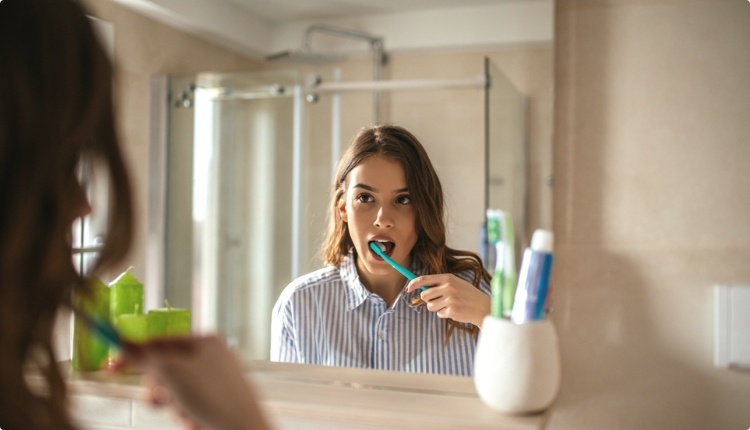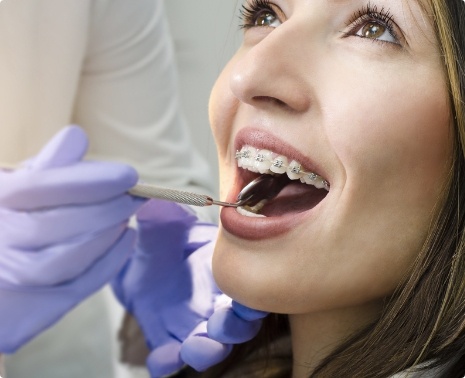Getting your braces put on
Don’t panic! Getting braces is nothing like what it was years ago. Modern braces are more comfortable, more flexible and lower profile (sometimes even invisible) — so set aside your worries.
It’s common to be nervous about getting your braces put on though, especially if you’re unsure of how it happens — or what you’re meant to do
In this guide, we refer to the actual application of your braces as 'band up day'. Band up is a little different depending on what type of braces you are getting, but whichever treatment you choose the application process itself is completely painless — so there’s nothing to fear.

Tip
Before you get your braces, make sure you've had a checkup with your dentist to address any issues such as cavities that will require attention prior to commencing your treatment.







